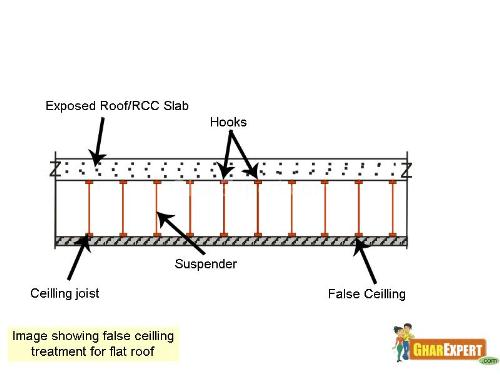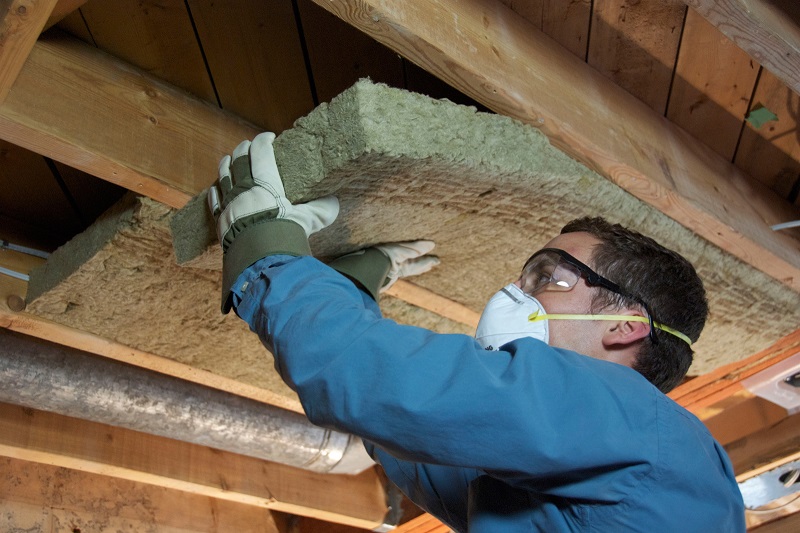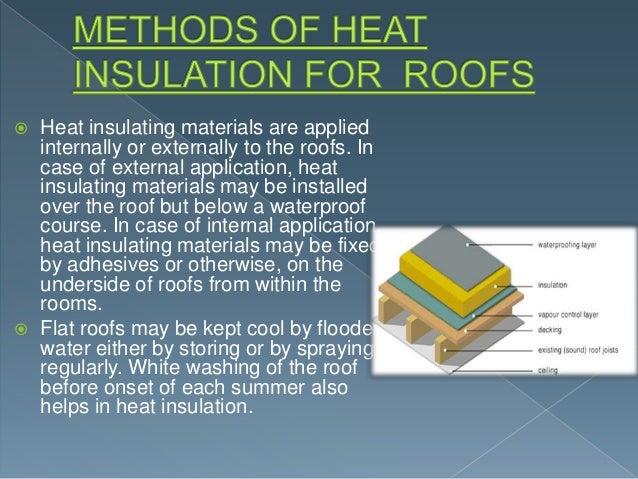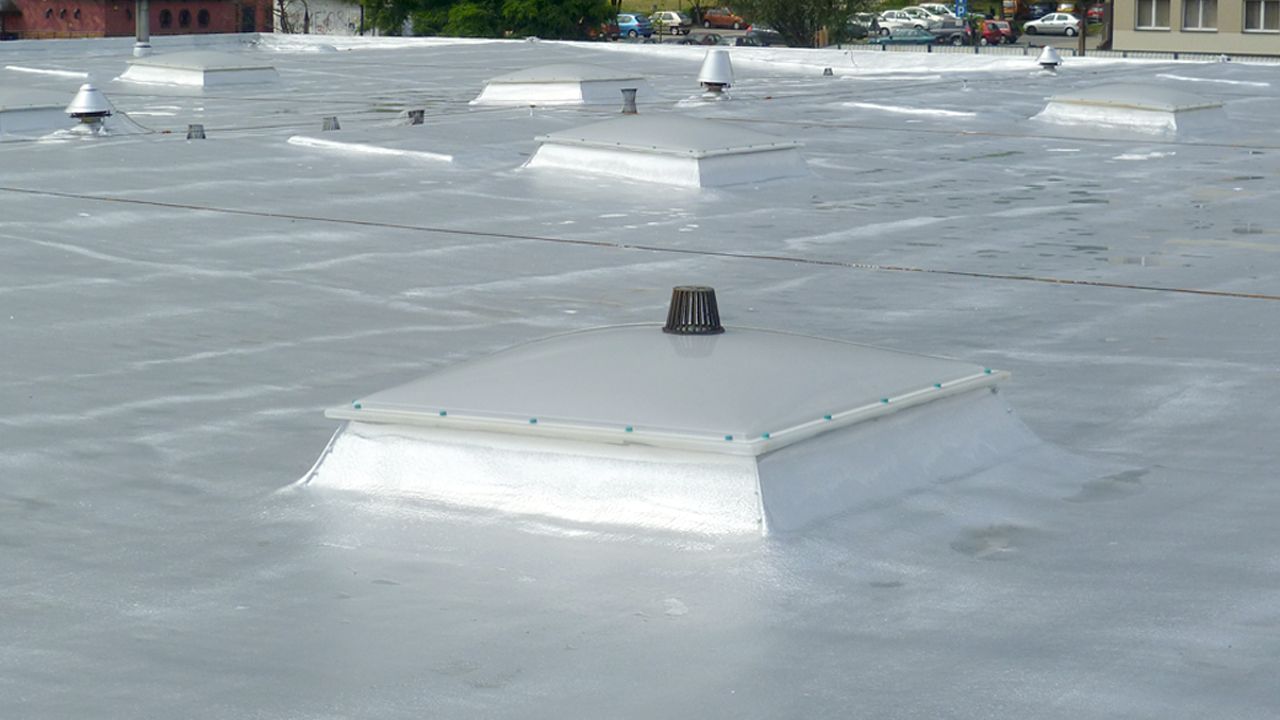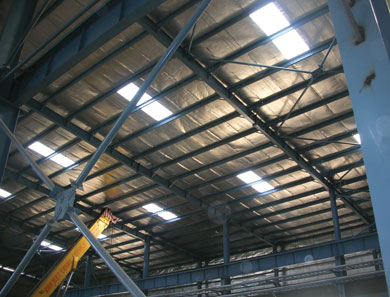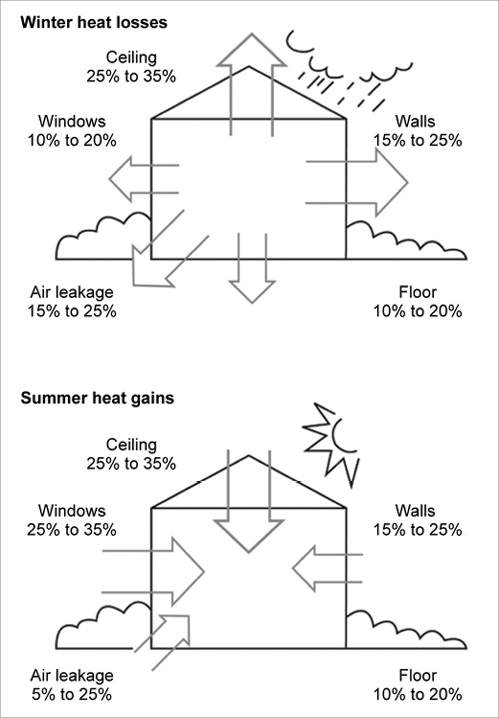Inverted roof is where the insulation goes above the weather membrane effectively protecting it from heat and cold which can shorten its life and that of the roof deck it can even protect.
Roof heat insulation techniques.
Use caulk and expanding foam the fire blocking type sealant to close air gaps around pipes ducts and electrical wires where they enter the attic.
Installation methods include radiant barrier draped over the rafters applied directly to the roof sheathing stapling to the bottom of the rafters and even laying radiant barrier on top of the attic floor insulation.
They are often used in conjunction with traditional insulation for climates that receive both hot summers and cold winters.
Rather than trapping heat inside or outside the home radiant barrier solutions work to reflect the sun s heat.
5 best thermal imaging camera for home improvement.
Methods of heat insulation of roofs heat insulating materials described are applied externally to the roofs.
Radiant barriers aluminum sheets that cover the underside of a roof.
Therefore to protect the house the first place to install insulation in an attic is between ceiling joists.
If using batts place the paper or vapor retarder side against the ceiling to resist the movement of water vapor.
In case of external application heat.
Choose your insulation type and material 1.
The temperature in a well ventilated attic ideally should only be a few degrees different than the outside temperature.
The false ceiling of insulating materials may be provided below the roof with air gaps in between.
Shining and reflective insulation materials may be.
Flat roof systems consist of a supp.
Use the fire blocking type.
Cut and fit strips of 24 gauge sheet metal between the masonry chimney and the surrounding wood framing.
Many millions of square meters of flat roof are not yet green this means wasting an enormous potential of living space.
Before installing or adding attic insulation take these steps.


